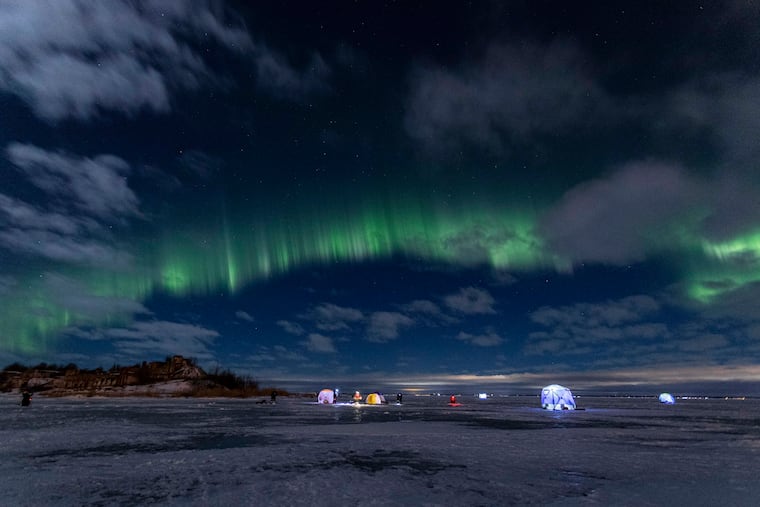Northern lights could be visible over parts of the U.S. But will they make it to Philly?
"It's very angry," a space-weather expert says of the sun. But it probably isn't angry enough to send the northern lights as far south as Philadelphia. Our chance might come later.
